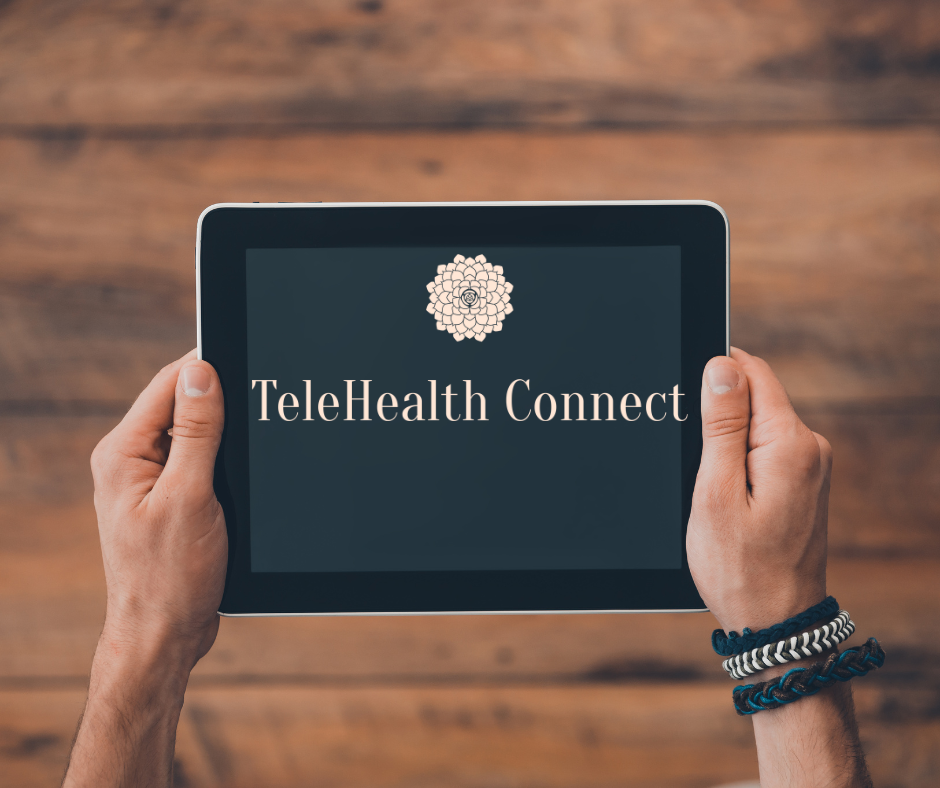Imagine you’re living in a rural town, hours away from the nearest hospital. It’s late at night, and you’re feeling unwell. In the past, you might have had to drive for hours to see a doctor or wait until the next day. But today, with telehealth, you can consult a healthcare professional from the comfort of your home at any time.
Telehealth has emerged as a revolutionary approach to healthcare, making medical services more accessible, convenient, and efficient. But what exactly is telehealth, and how did it evolve to become such a vital part of modern medicine?
The Evolution of Telehealth

The concept of telehealth dates back to the 19th century when doctors began using telephones and telegraphs for consultations. The first documented case was in 1879, when a doctor diagnosed a baby’s cough over the phone, as reported by The Lancet. Since then, telehealth has evolved through various technological advancements:
| Era | Milestone |
| 1920s | Radio was used to provide medical advice to sailors on ships. |
| 1950s | Television was utilized for psychiatric consultations. |
| 1960s | NASA developed telemedicine to monitor astronauts’ health. |
| 1970s | Satellite technology enabled telehealth services in remote areas. |
| 1980s | Teleradiology allowed transmission of medical images. |
| 1990s | Internet revolutionized telehealth with video conferencing and data sharing. |
| 2000s | Telephone-based services became more common. |
| 2020s | COVID-19 pandemic accelerated global adoption of telehealth. |
Today, telehealth encompasses a wide range of services, from simple phone calls to sophisticated video consultations, remote monitoring, and even robotic surgery.
Telehealth Today
Telehealth delivers healthcare through digital tools, connecting patients with providers remotely. It supports fields like primary care, mental health, dermatology, cardiology, endocrinology, and pediatrics, offering everything from routine check-ups to specialized consultations. Whether you need a quick diagnosis, ongoing therapy, or chronic disease management, telehealth makes it possible without stepping into a clinic.
Benefits of Telehealth

Telehealth offers numerous advantages over traditional in-person healthcare:
- Accessibility: It breaks down geographical barriers, providing care to people in remote areas or those with mobility issues. With 24/7 availability, patients can access medical advice at any time. For example, a 2021 GoodRx study reported that 30 million Americans lived in healthcare deserts, areas lacking adequate access to key healthcare services. By 2023, this number had risen to 121 million, according to VSP Vision’s report.
- Quality of Care: Telehealth allows for more frequent consultations, access to specialists who might not be locally available, and real-time monitoring of chronic conditions, leading to better management and outcomes.
- Patient Convenience: No need to travel, wait in clinics, or take time off work. Appointments can be scheduled during breaks or at home, saving time and effort. A Gozio Health report found that 50% of patients prefer digital platforms for healthcare interactions.
- Cost Savings: Reduced travel costs, fewer emergency room visits due to timely interventions, and often lower fees compared to in-person visits. In 2024, 68.8% of telehealth visits were conducted via cellphone, 14.7% via laptop, 11.9% via desktop, and 4.6% via tablet, showing reliance on accessible technology.
Challenges and Future Directions
Despite its benefits, telehealth faces several challenges:
- Technological Barriers: Not all patients have reliable Internet or devices, which can limit access, particularly in underserved areas.
- Regulatory Issues: Telehealth regulations vary by state, and reimbursement policies can be complex, affecting service sustainability.
- Quality Concerns: Some conditions require physical examinations that cannot be fully replicated virtually, necessitating occasional in-person visits.
Looking ahead, the future of telehealth is promising. Advancements in artificial intelligence (AI), machine learning, and wearable technology are set to enhance capabilities. For instance, AI can assist in diagnosing conditions from images or data, while wearable devices provide continuous health monitoring, alerting providers to potential issues before they become critical. Continued efforts to improve internet access and streamline regulations will further expand telehealth’s reach.
Closing Thoughts

Telehealth is not just a temporary solution born out of necessity during the pandemic; it is a fundamental shift in how healthcare is delivered. By leveraging technology, telehealth bridges gaps in healthcare accessibility improves patient outcomes and offers a convenient and cost-effective alternative to traditional care. As we move forward, embracing and expanding telehealth services will ensure quality healthcare is available to everyone, regardless of location or circumstances.
For those interested in experiencing telehealth’s benefits, Telehealth Connect offers top-notch services that are accessible from home. Schedule a 15-minute consultation today to explore how telehealth can meet your healthcare needs.


